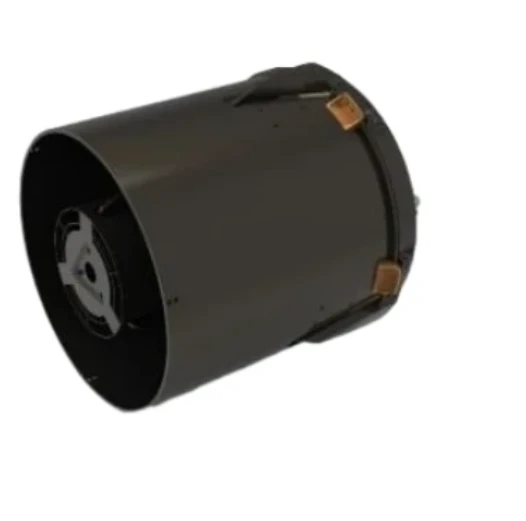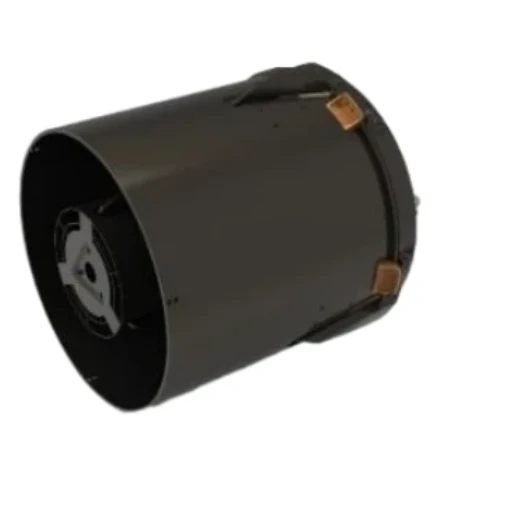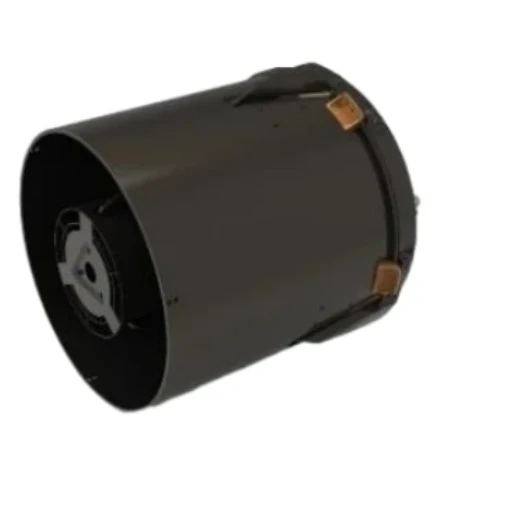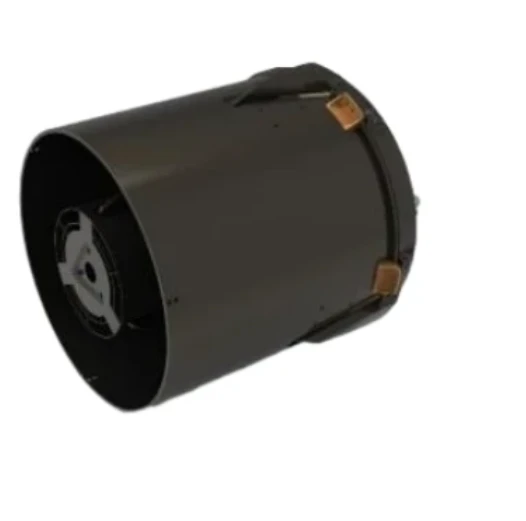
- Աֆրիկյան
- ալբանացի
- ամհարերեն
- արաբերեն
- հայկ
- ադրբեջաներեն
- բասկերեն
- բելառուս
- Բենգալերեն
- բոսնիերեն
- բուլղարերեն
- կատալոներեն
- Սեբուանո
- Չինաստան
- Կորսիկան
- խորվաթերեն
- չեխ
- դանիերեն
- հոլանդերեն
- Անգլերեն
- Էսպերանտո
- էստոնական
- Ֆիններեն
- ֆրանսերեն
- ֆրիզ
- Գալիսիական
- վրաց
- գերմաներեն
- հունարեն
- գուջարաթի
- Հայիթի կրեոլ
- Հաուսա
- հավայական
- եբրայերեն
- Ոչ
- Միաո
- հունգարերեն
- իսլանդերեն
- իգբո
- Ինդոնեզերեն
- իռլանդական
- Իտալական
- ճապոներեն
- ճավայերեն
- Կաննադա
- ղազախ
- քմեր
- Ռուանդա
- կորեերեն
- քրդական
- ղրղզ
- Աշխատանք
- լատիներեն
- լատվիերեն
- լիտվերեն
- լյուքսեմբուրգերեն
- մակեդոնական
- մալագասերեն
- մալայերեն
- մալայալամ
- մալթերեն
- Մաորի
- Մարաթի
- Մոնղոլական
- Մյանմար
- Նեպալերեն
- նորվեգական
- նորվեգական
- Օքսիտաներեն
- փուշթու
- պարսկ
- լեհ
- պորտուգալերեն
- փենջաբերեն
- ռումիներեն
- ռուսերեն
- Սամոա
- Շոտլանդական Գելերեն
- սերբերեն
- Անգլերեն
- Շոնա
- սինդի
- Սինհալա
- սլովակ
- սլովեներեն
- Սոմալի
- իսպաներեն
- սունդաներեն
- Սուահիլի
- շվեդ
- տագալերեն
- Տաջիկ
- թամիլերեն
- թաթար
- թելուգու
- Թայերեն
- թուրքական
- թուրքմեն
- ուկրաինական
- ուրդու
- Ուիգուր
- Ուզբեկ
- Վիետնամերեն
- Ուելս
- Օգնություն
- Իդիշ
- Յորուբա
- Զուլուս
նորություններ
Achieving Precision With Integrated Measurement In Optical And Material Analysis
In today’s high-tech industries, achieving accuracy and consistency in measurement is vital. From fiber optics to material science and biomedical engineering, precision plays a key role in innovation. Integrated measurement systems are now at the forefront of this advancement, enabling real-time, multi-parameter assessments in one unified process. Whether for monitoring light behavior through materials or evaluating system integrity, combining optical transmission measurement with other diagnostic tools provides an unmatched edge.
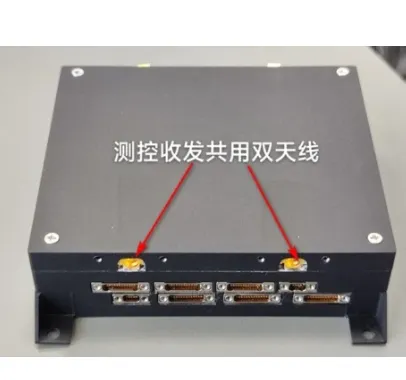
What Makes Integrated Measurement A Game Changer?
Integrated measurement refers to the ability to perform multiple types of evaluations—such as dimensional, spectral, or transmission measurement—in a single operation using a cohesive system. This innovation significantly reduces manual intervention and the potential for measurement errors, while improving repeatability.
In optical engineering, integrating optical transmission measurement with angle-resolved reflection and absorption data allows for more holistic analysis. For example, a single integrated device can now evaluate a lens’s transparency, coating effectiveness, and structural consistency—all within one test cycle.
This not only saves time but ensures that production lines, quality control labs, and R&D departments benefit from seamless data collection and analysis.
Transmission Measurement As A Fundamental Optical Tool
Transmission measurement is central to understanding how much light or radiation passes through a material. It’s crucial in assessing filter performance, optical glass quality, and polymer transparency. Engineers often rely on accurate transmission measurement to determine whether a material meets specific optical standards.
With modern demands for high-speed communication and ultra-clear imaging, optimizing materials using transmission measurement has become a necessity. It also supports precise wavelength filtering, essential in applications like laser optics and LED development.
When integrated into broader systems, transmission measurement becomes more than a single diagnostic—it becomes a window into overall product quality.
Advanced Applications Of Optical Transmission Measurement
Optical transmission measurement techniques are used in a wide range of sectors. In telecommunications, they help ensure signal fidelity in fiber optic cables. In solar energy, they’re used to evaluate the transparency and absorption rate of panel coatings. And in medical diagnostics, optical transmission measurement aids in non-invasive tissue analysis and imaging system calibration.
Many manufacturers are now embedding optical transmission measurement capabilities directly into automated inspection machines, improving response time and reducing waste due to faulty components.
By merging this function with integrated measurement systems, users can gather both spectral and structural information at once, leading to faster innovation and greater confidence in data integrity.
In conclusion, the fusion of integrated measurement, transmission measurement, and optical transmission measurement is paving the way for smarter, more efficient testing environments. These technologies are empowering engineers, scientists, and manufacturers to achieve greater precision, higher productivity, and deeper understanding of complex materials and optical systems.
As the demand for real-time analytics and high-resolution data grows, investing in these integrated tools is not just an upgrade—it’s a strategic move toward the future of precision measurement.








